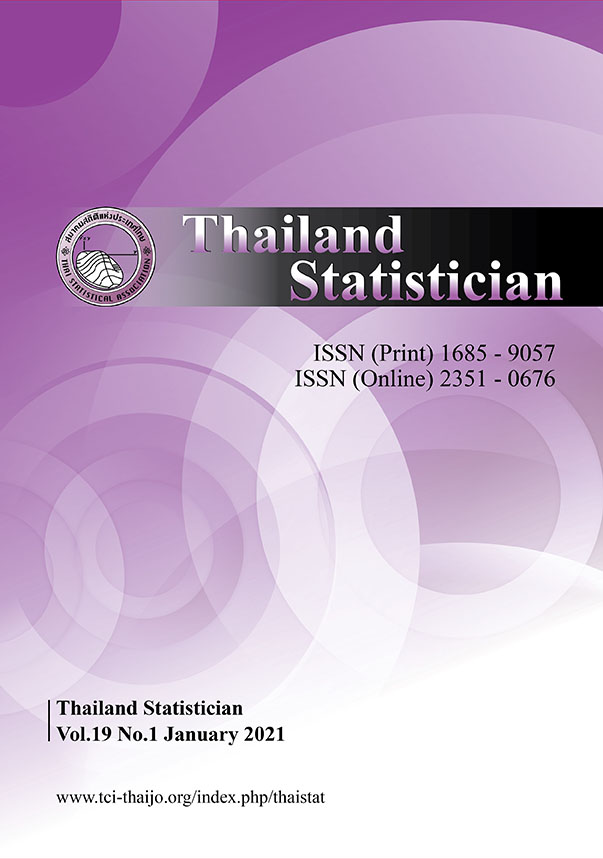Using Balanced Incomplete Block Designs to Generate New Sampling Designs
Keywords:
Horvitz-Thompson estimators, BIBSD-based designs, spatial sampling, inclusion probabilitiesAbstract
Consider a studies of biological species or communities in which the abundance measurements tend to be spatially correlated within the study region. When sampling spatially, the geographical study region is often partitioned into quadrat. The goals of the survey center on the sampling designs which ensure the sample is spread over the study region. In this paper we introduce a new probability sampling design which we call a balanced incomplete block sampling design (BIBSD). The goal is estimation of the population total or mean using the Horvitz-Thompson estimators. The BIBSD-based designs can provide precise estimates of the population mean or total when strong spatial patterns or trends exist in the population. It is shown that the BIBSD-based designs when compared the efficiencies of the new Horvitz-Thompson BIBSD estimators of population total or mean to the estimators using simple random sampling will provide estimators with smaller variability.




